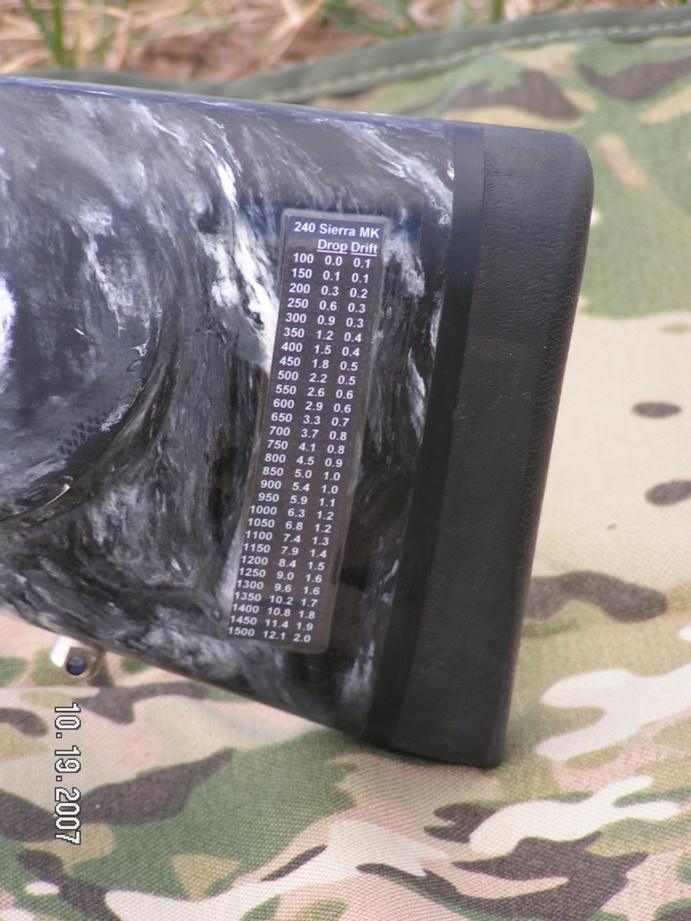Bill Maylor
Well-Known Member
Which system is easier to use in the field.
 Help Support Long Range Hunting Forum
Help Support Long Range Hunting Forum
The one that's easier to use in the field is the one you like the best and have practiced with the most. Both can work equally well, it's a matter of preference. What's most helpful is that the reticle and knobs match, be they Mil or MOA.Which system is easier to use in the field.

I ordered a NF with the NP-R1. Each vertl. mark is 1" at 100yrds , Ithink 1 mil=3.6" at 100yrds.
Their must be a reason why thay make both? Bill Maylor
I think MOA math is easier for ranging. Just take the size of target and divide by the number of MOA's it's subtends then multiply by 100.
So say you see a mule deer, which average 18" from bottom of chest to top of back, and this measures 3.7 MOA's in your scope. Divide 18 by 3.7. You get 4.86. Your range is 486 yards. Of course, the farther the animal, the less accurate it becomes. If your rangefinder is forgotten back in the truck, this method would work in a pinch.
If you have a good drop chart and rangefinder... then I think both work equally well.